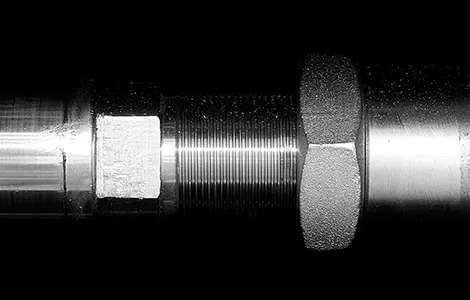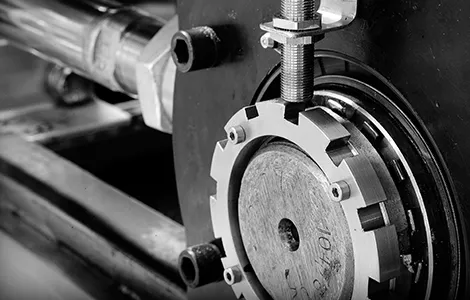Steel Belt Casting and Drying Systems: Precision Solutions for Films, Membranes & Cast Sheets
October 20, 2025
Turning raw materials into flawless finished products requires the highest levels of accuracy. For industries that rely on films, membranes, and cast sheets - such as packaging, pharmaceuticals, life sciences, electronics, and tobacco - precision isn’t just desirable, it’s essential. Steel belt casting and drying systems provide the uniformity and reliability needed to meet these demanding standards, ensuring every sheet or roll performs exactly as intended.
How Steel Belt Casting & Drying Systems Work
At the heart of the process is steel itself. A molten or liquid material is deposited onto a smooth, high-polished steel belt, allowing it to spread evenly without imperfections. As the belt moves forward, the material begins to solidify into a controlled, consistent form.
The same continuous belt then transports the material through carefully managed drying zones. Here, heat — delivered by warm air, infrared radiation, or other controlled methods — removes solvents or moisture, leaving behind a stable, uniform product.
By integrating casting and drying into one seamless process, manufacturers reduce unnecessary handling, cut down on waste, and achieve consistent product quality from start to finish.
Applications and End Products
The versatility of steel belt casting and drying systems means they are trusted across a wide spectrum of industries. Some of the key outputs include:
- Optical Films – CPI film, TAC film, and PMMA film, used in applications where clarity and precision are critical.
- Packaging Films – PVOH and natural fibre (CNF) films that deliver strength and sustainability in packaging applications.
- Filtration & Membranes – from separator films in energy storage to specialised membranes for medical and life science applications.
- Non-Optical Films & Cast Sheets – such as PMMA and polymer sheets, PI and EVA films, tobacco films, ceramic films, and CAS metal sheets.
And if a specific product isn’t already listed, systems can be customised to deliver specialist solutions tailored to exact requirements.
Advantages of Steel Belt Systems
The success of these systems lies in the properties of the belts themselves and the engineering behind them:
- Precision and Uniformity – High mirror-polished surfaces guarantee flawless finishes, consistent thickness, and defect-free results.
- Energy Efficiency – Steel’s excellent thermal conductivity enables rapid, even heating and cooling, reducing energy consumption.
- Durability and Reliability – Resistant to wear and able to operate continuously, steel belts provide long-term performance with minimal downtime.
- Customisation – Systems can be designed to meet customer-specific dimensions, with pilot lines available for testing and development.
These qualities ensure that whether the end product is a delicate optical film or a robust cast sheet, the outcome remains uniform and reliable.
Why Industries Choose Steel Belt Casting Systems
With more than a century of expertise, steel belt technology has become the foundation for film and foil production worldwide. Since the first endless steel belt was introduced in 1923, producers have relied on these systems to deliver the quality and scale their industries demand.
Today, manufacturers continue to choose steel belt casting and drying systems because they strike the perfect balance between efficiency, product consistency, and energy savings. From phone screens to packaging films, life science membranes to tobacco sheets, these systems make it possible to meet the toughest specifications with confidence.
Conclusion
For businesses where precision defines performance, steel belt casting and drying systems provide a complete solution. By combining casting and drying into one streamlined process, they deliver uniform products, improve efficiency, and reduce energy use — all while maintaining the flexibility to meet industry-specific requirements.
Whether it’s films for electronics, membranes for medical applications, or cast sheets for packaging and industrial use, these systems offer the accuracy and reliability needed to stay competitive in a fast-moving market.
FAQ:
Can steel belt systems handle custom formulations?
Yes. Systems can be adapted for specific thicknesses, drying conditions, or surface qualities, with pilot lines available for testing new products.
How are welds kept invisible in steel belt systems?
Precision laser welding creates seams that are almost undetectable, ensuring films and sheets remain free of visible defects.
How is drying integrated into the casting process?
Instead of moving materials to another machine, the same belt carries them through controlled drying zones, reducing handling and improving efficiency.
How does steel belt casting reduce waste during production?
Because materials are cast and dried in a single flow, fewer handling steps mean fewer defects. This lowers rejection rates and saves raw material.

